Recent advancements of metalenses for functional imaging
- PMID: 37222959
- PMCID: PMC10209387
- DOI: 10.1186/s40580-023-00372-8
Recent advancements of metalenses for functional imaging
Abstract
Metasurfaces can modulate light with periodically arranged subwavelength scatterers, and they can generate arbitrary wavefronts. Therefore, they can be used to realize various optical components. In particular, metasurfaces can be used to realize lenses, so-called metalenses. In the last decade, metalenses have been actively studied and developed. In this review, we firstly introduce the fundamental principles of metalenses in terms of materials, phase modulation method, and design method. Based on these principles, the functionalities and the applications can consequently be realized. Metalenses have a much larger number of degrees of freedom compared with that of existing refractive or diffractive lenses. Thus, they afford functionalities such as tunability, high numerical aperture, and aberration correction. Metalenses with these functionalities can be applied in various optical systems such as imaging systems and spectrometers. Finally, we discuss the future applications of metalenses.
Keywords: Aberration correction; Imaging system; Inverse design; Metalens; Metasurface; Numerical aperture; Phase modulation; Spectrometer; Tunability.
© 2023. The Author(s).
Conflict of interest statement
The authors declare that they have no competing interests.
Figures

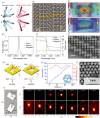

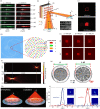
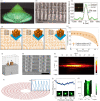
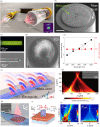
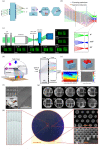
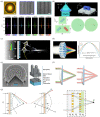

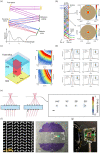
References
-
- Yu YF, et al. High-transmission dielectric metasurface with 2π phase control at visible wavelengths. Laser Photonics Rev. 2015;9(4):412–418. doi: 10.1002/lpor.201500041. - DOI
Publication types
Grants and funding
LinkOut - more resources
Full Text Sources
